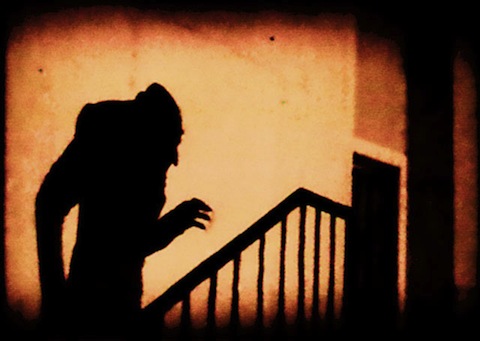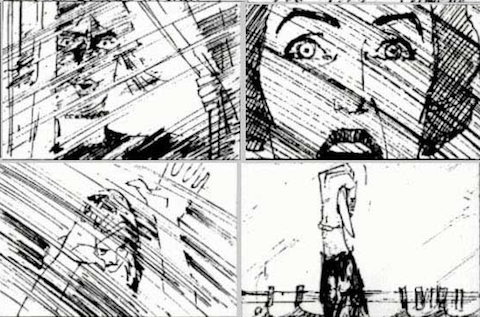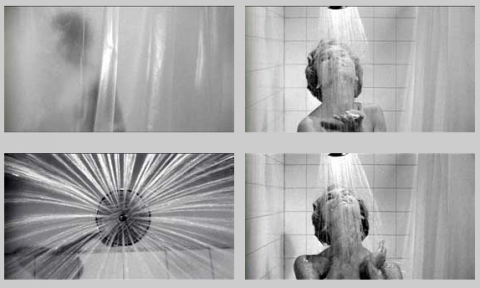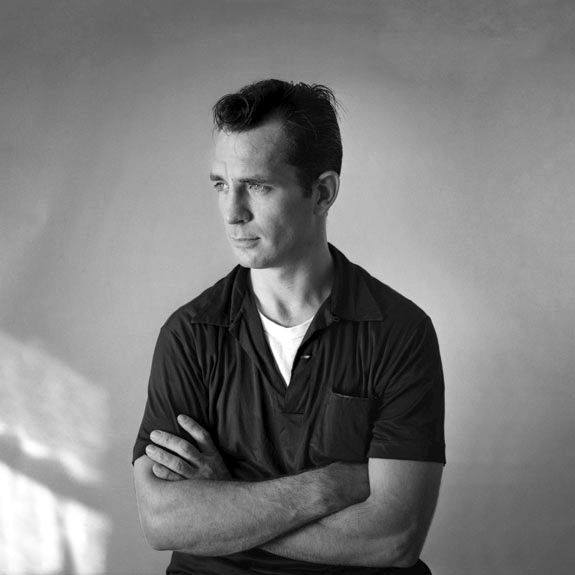
Though no more rife with formula and cliché than any other genre, horror movies generally don’t fare well with critics. Or as Time Out London’s Tom Huddleston puts it: “Horror cinema is a monster. Mistreated, misunderstood and subjected to vicious critical attacks.” This has never slowed the fanbase for a moment, and as Huddleston also acknowledges, the genre offers “filmmakers outside the mainstream” the chance to make “a big cultural splash.” Some of the most fascinating and famous outsider directors in recent history honed their craft in horror: David Cronenberg, John Carpenter, arguably David Lynch. Then there are the veteran cinema auteurs who made horror films now and then, every one an instant classic (Kubrick, Hitchcock) and those rare figures, the critically beloved horror-auteurs like Guillermo del Toro, who has re-invigorated the genre with his fairy tale sensibilities.
All of these directors and several dozen more turn up on Time Out London’s “The 100 best horror films,” chosen by “horror enthusiasts” and practitioners like del Toro, Roger Corman, Simon Pegg, Alice Cooper, and over 100 more. Near the end of the list at number 96 is del Toro’s first Mexican feature Cronos. Near the top at number 5 is Ridley Scott’s perpetually terrifying space horror Alien. Every possible variation on the genre, from its silent beginnings to its current grisly incarnations, from horrifying non-horror films like Pasolini’s Salo to model masterpieces like Invasion of the Body Snatchers, gets a nod. The list may surprise, infuriate, or intrigue you, but if you have any interest in horror, it will undoubtedly keep you reading for some time, and probably also tracking down some of the obscure, forgotten classics to see them for yourself. You’ll find the four below free online. They’re also listed in the “Noir, Thriller, Horror and Hitchcock” section of our list of 635 Free Movies Online:
Carnival of Souls (1962)
Number 40 in the rankings, Time Out London describes this film, “shot in three weeks for a paltry $33,000,” as made up of “the monochrome weirdness of David Lynch’s first feature, ‘Eraserhead’, or the ghoulish zombie nightmare that is George Romero’s ‘The Night of the Living Dead’” with its “eerie atmospherics, off-kilter images and disorientating dream sequences.”
Nosferatu (1922)
Perhaps unfairly placed at number 22, Murnau’s unofficial, expressionist take on Bram Stoker’s novel features a creature named Count Orlock, a monstrously ugly villain alien to audiences who learned to be seduced by dashing Draculas. Despite its relatively low ranking, given its pedigree, Nosferatu is still lauded as “certainly the most influential” horror movie by Time Out: “So many keynotes of the genre emerge fully formed here: the use of light and shadow, threat and tension, beauty and ugliness, a man in grotesque make-up threatening an innocent girl.” The film, remarkably, “remains a deeply unsettling piece of work.”
Freaks (1932)
Coming just before Nosferatu at number 21, Tod Browning’s Freaks is the opposite of an exploitation flick. Instead of turning its unusual subjects into objects of fear and pity, Browning created “a tender, humane tale of love and betrayal” that happened to feature a cast of “sideshow freaks,” most of them amateurs, and most “fine actors.” “What makes ‘Freaks’ a horror film,” writes Time Out, “is its disturbing macabre ending […] though of course the real horror here is the cruelty of the so-called ‘normals.’”
Night of the Living Dead (1968)
Ranked 13, George Romero’s 1968 film has earned a place high in the estimation of any horror fan. As the Time Out editors write, “modern horror cinema started here.” The low-budget zombie movie “blazed a trail for all those to follow […] with its radically subversive approach to genre conventions, uncompromisingly nihilistic social vision and Vietnam War-inspired political anger.”
Spend some time perusing the rest of Time Out London’s list. It’s sure to generate some epic online squabbles, and several hundred suggestions from fans for films that didn’t make the cut.
Related Content:
Where Horror Film Began: The Cabinet of Dr. Caligari
The 10 Greatest Films of All Time According to 846 Film Critics
21 Free Hitchcock Movies Online
Josh Jones is a writer and musician based in Durham, NC. Follow him at @jdmagness




